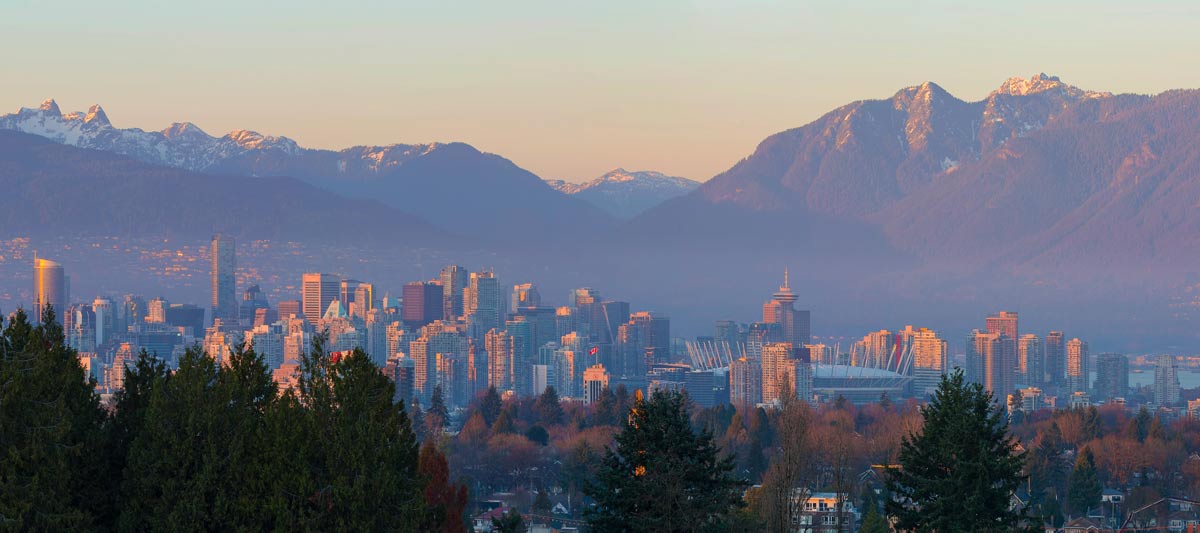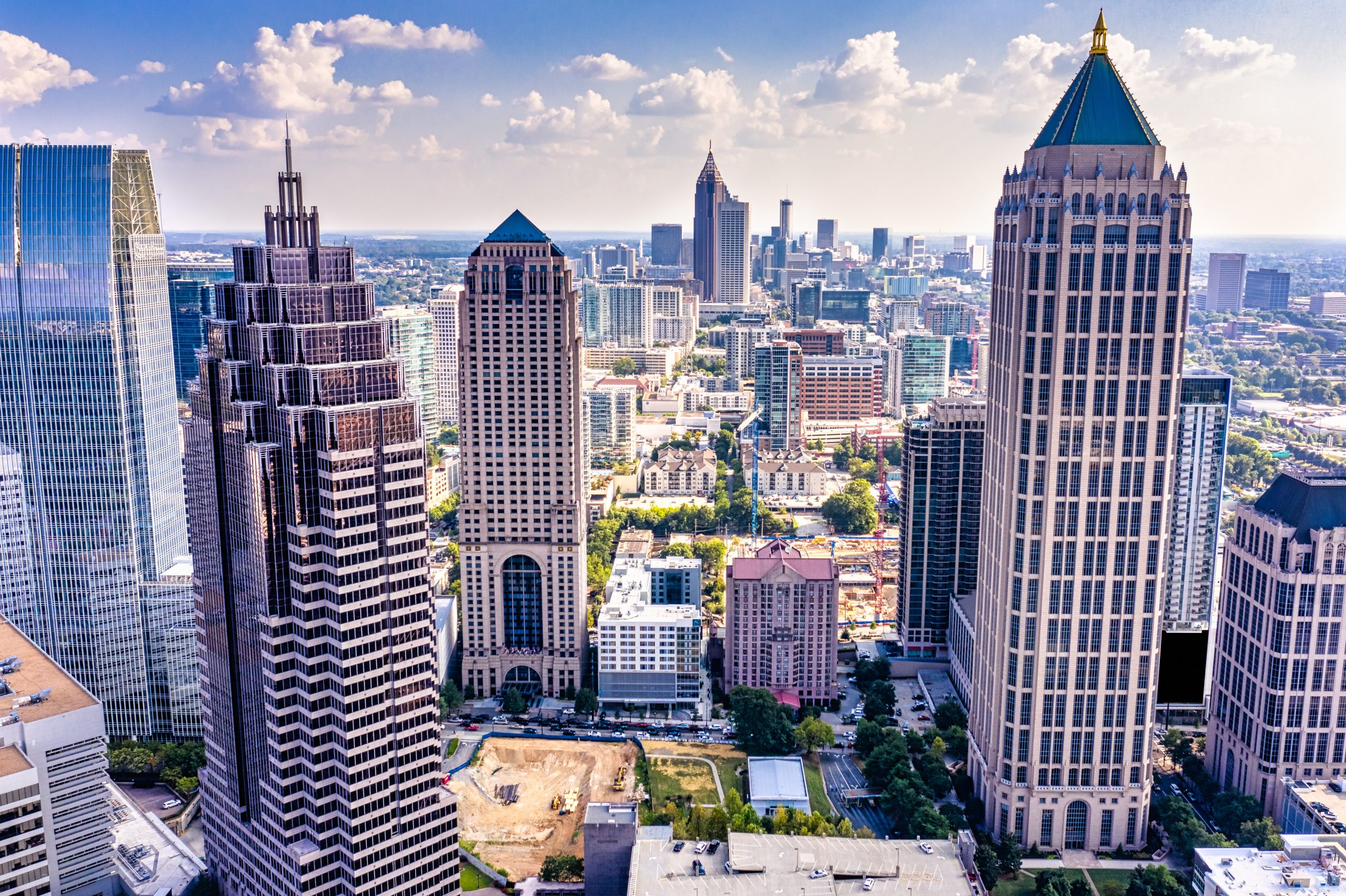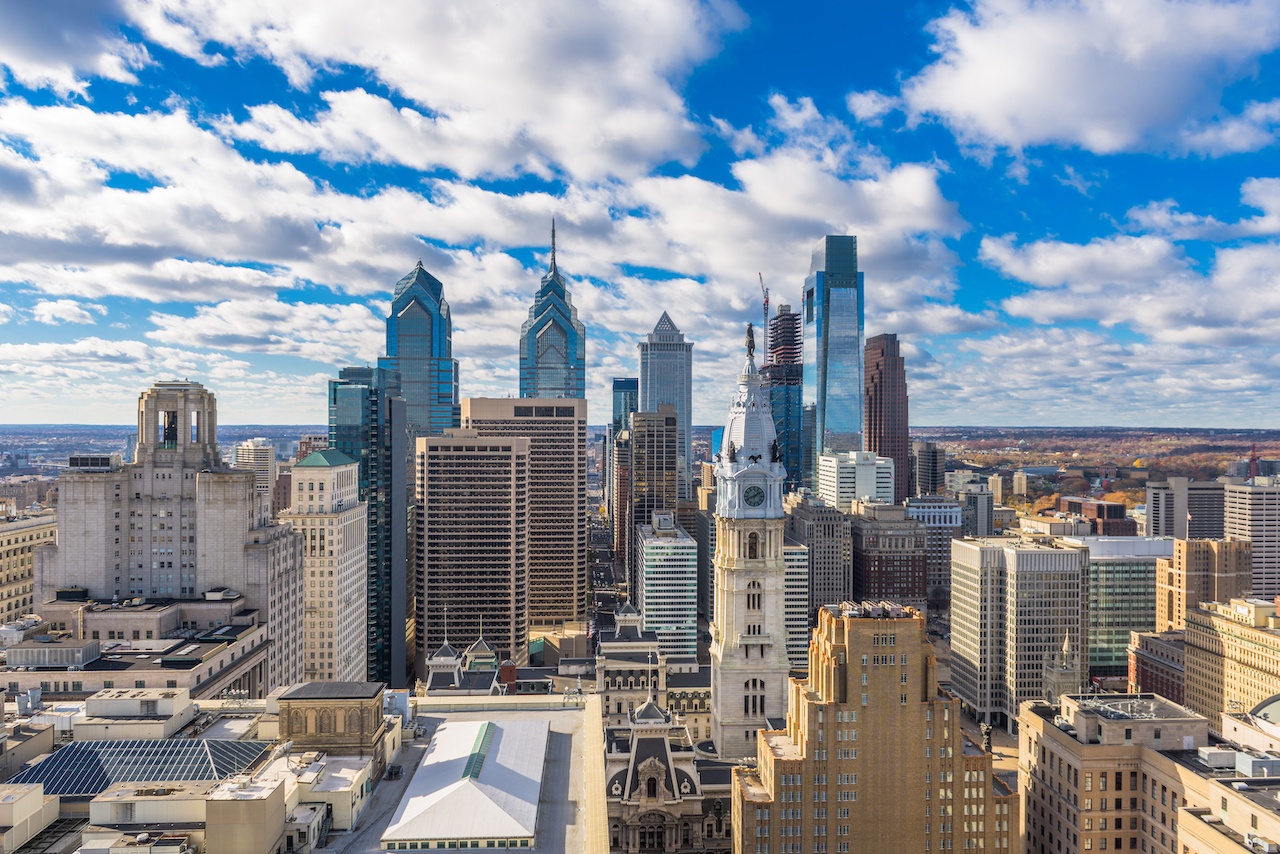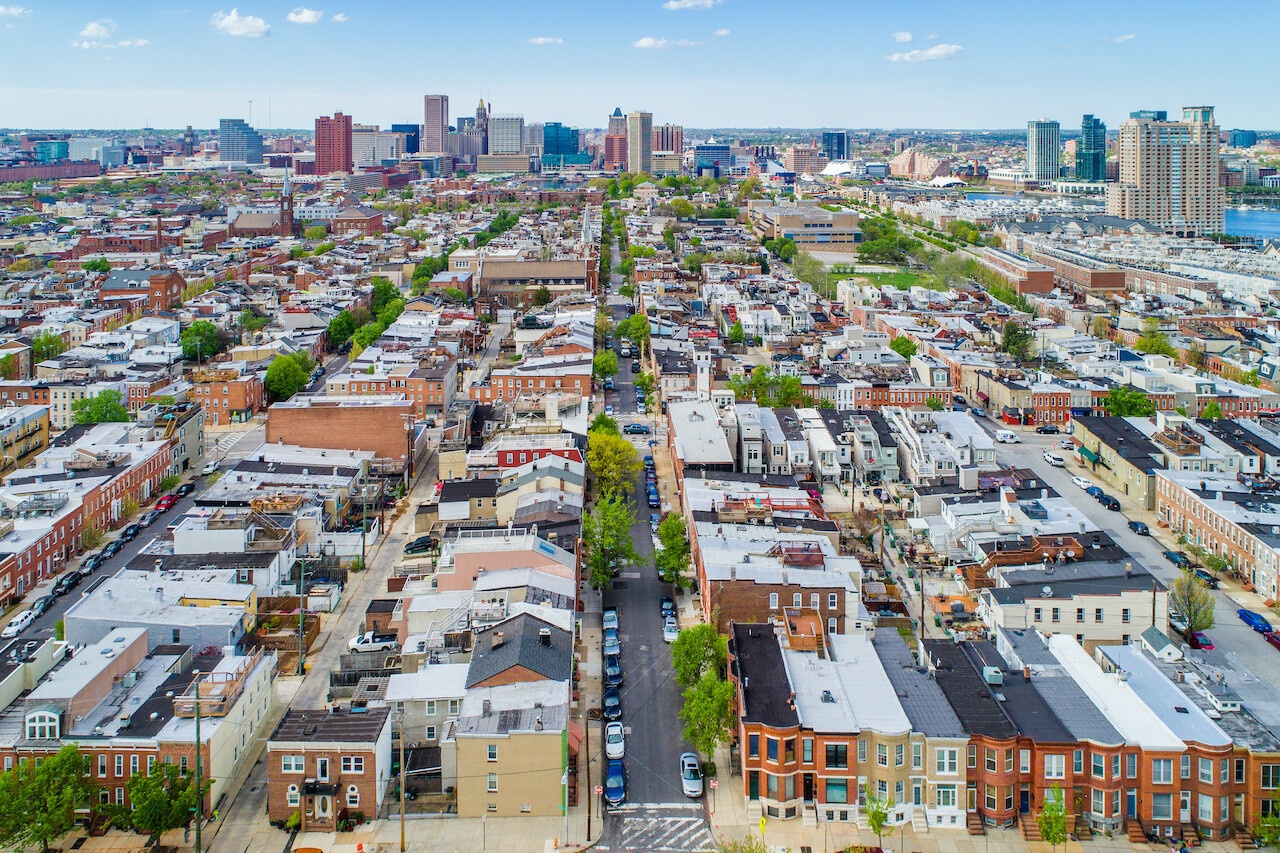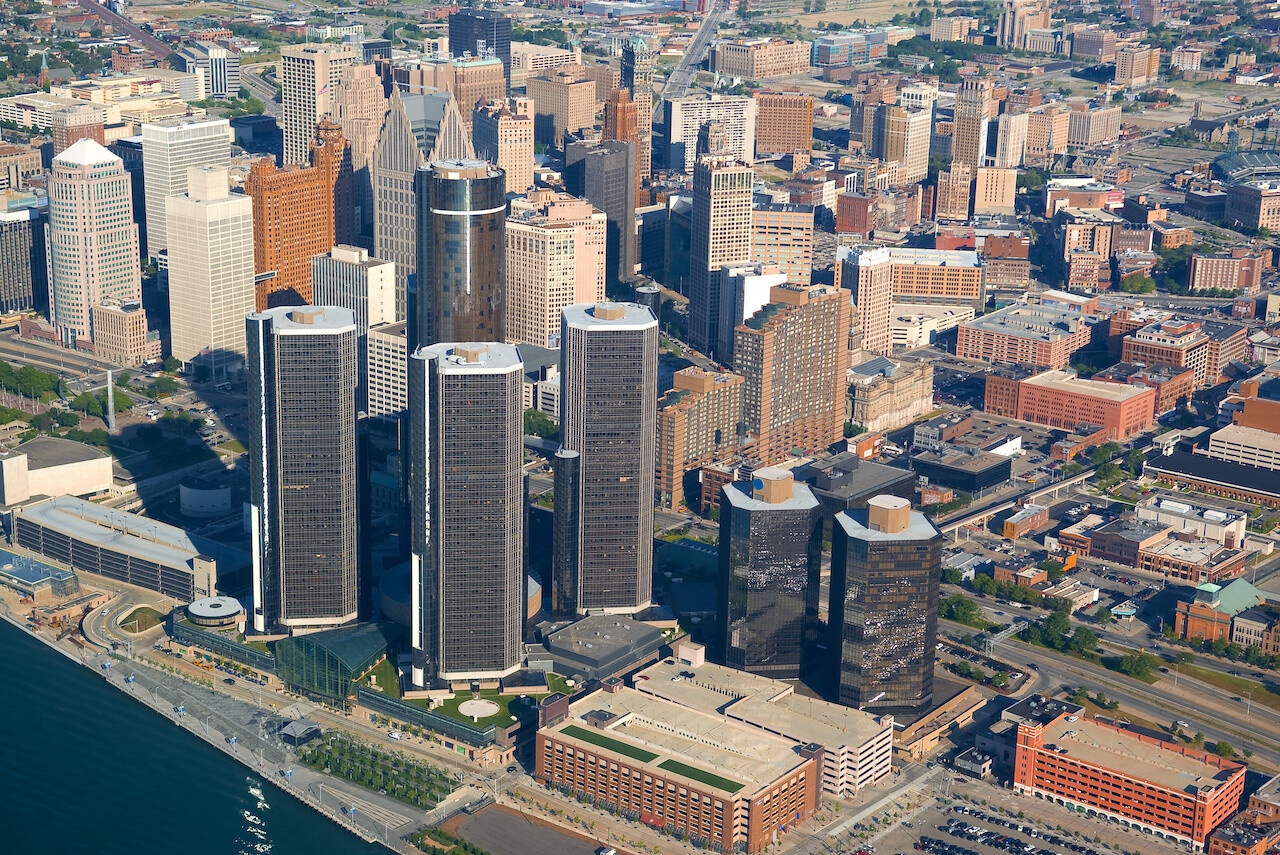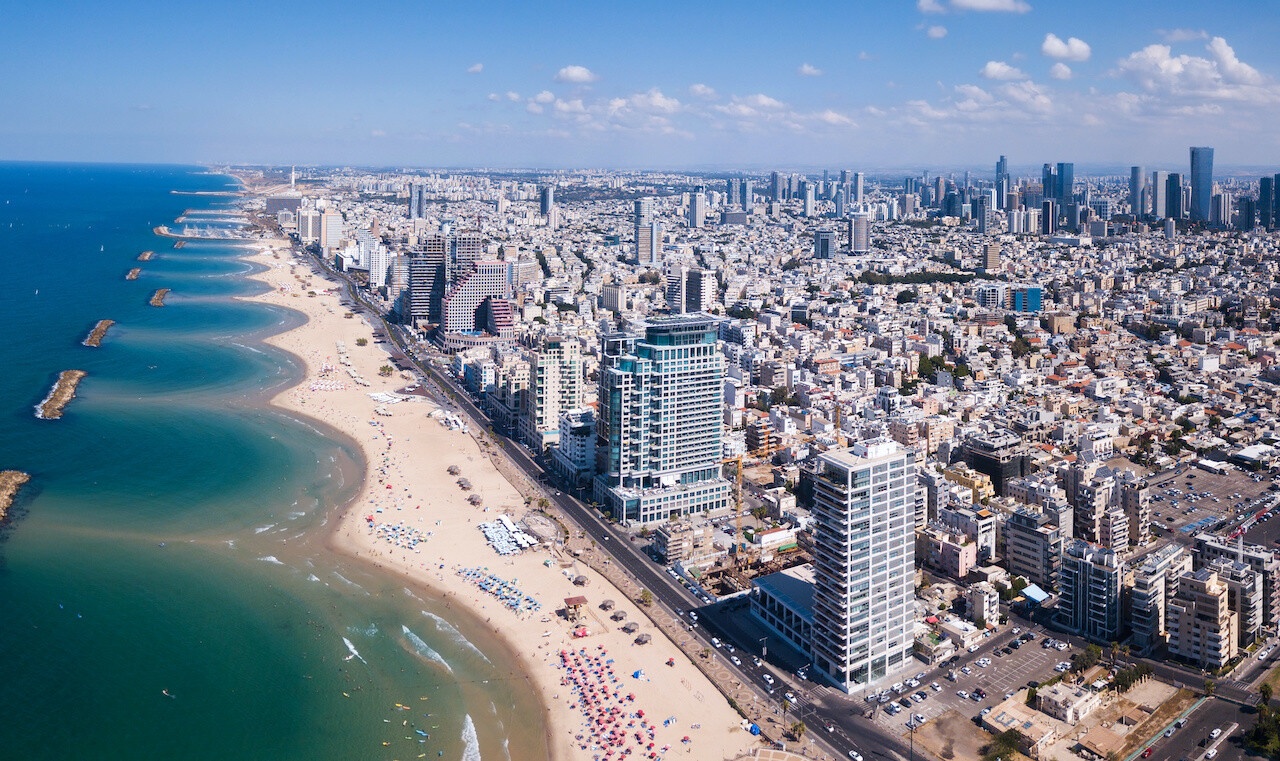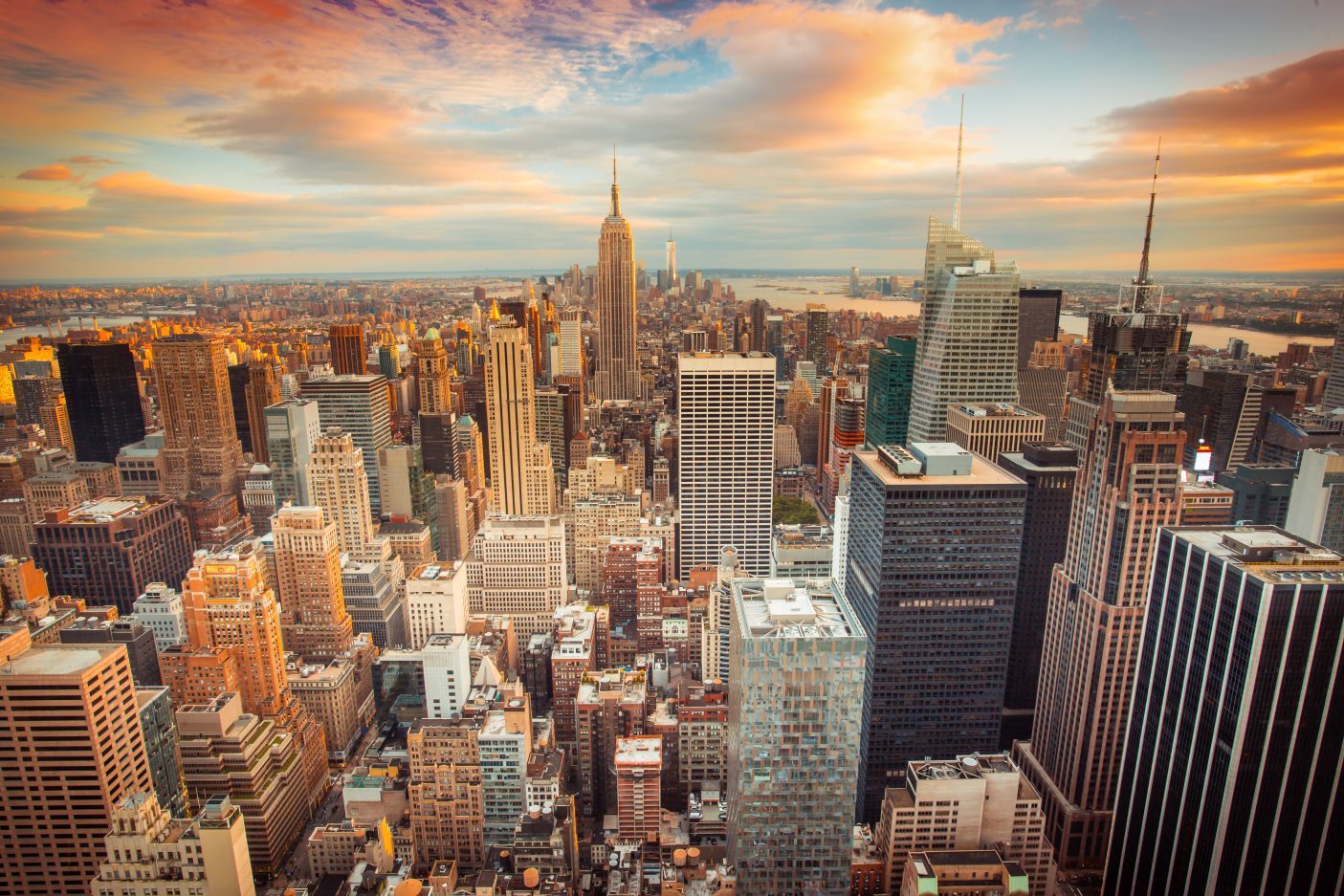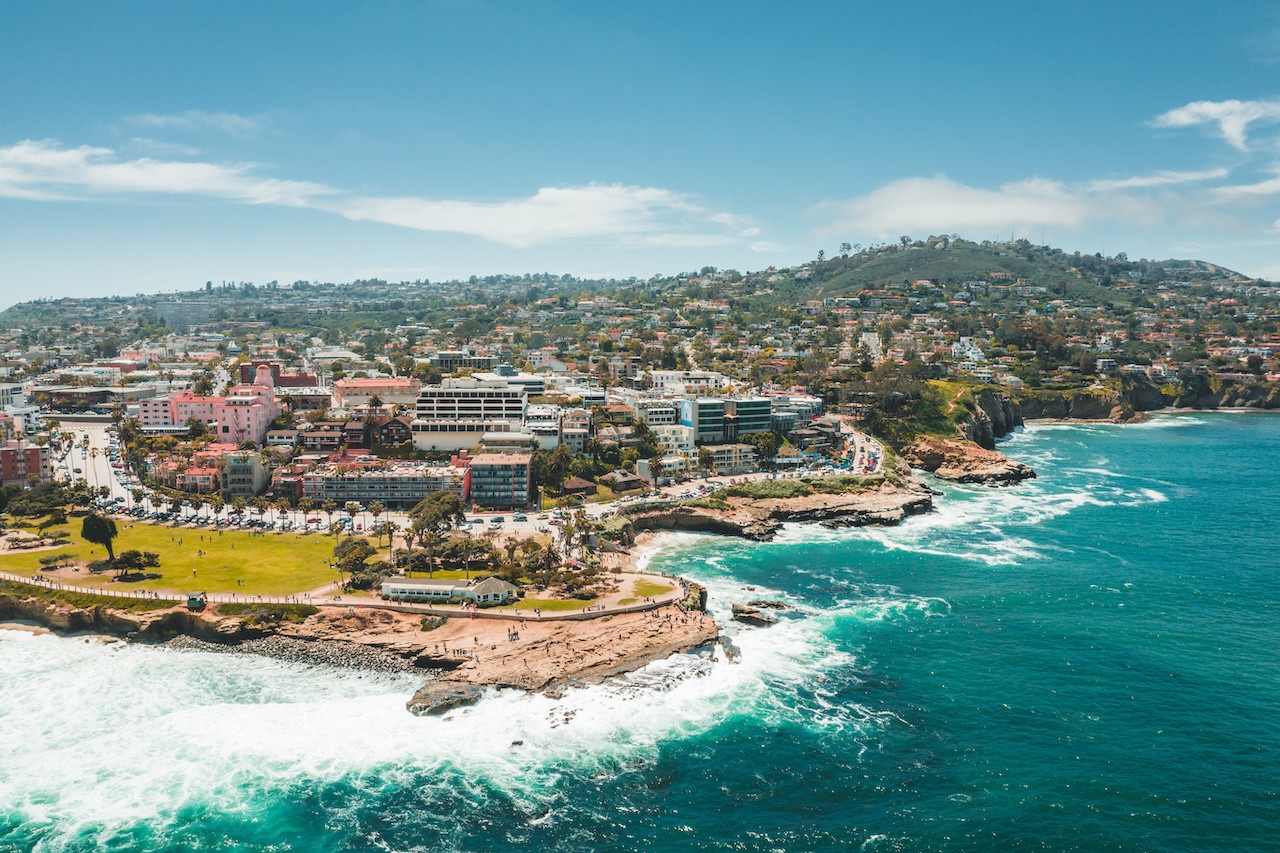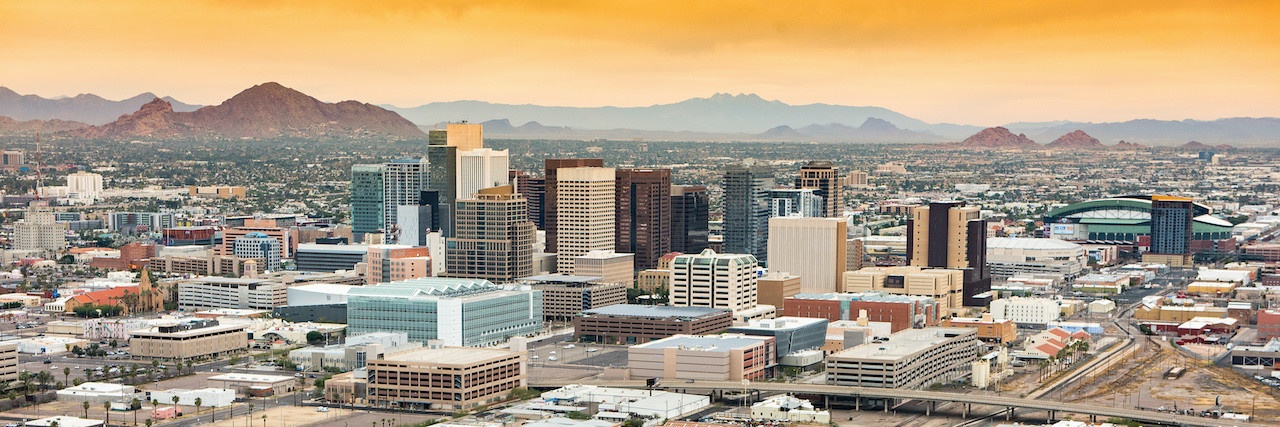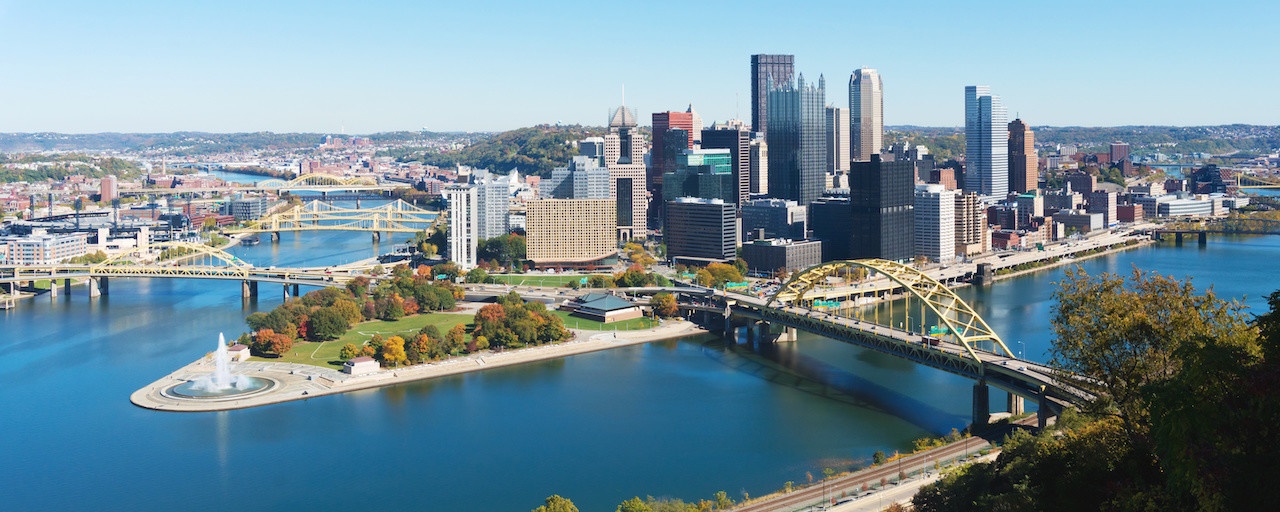Society
A broad category of content focused on societal issues in cities.
Examples: health, community, social equity, education, arts & culture, and homelessness.
Plans, Pandemic, Protests: Time For Cities to Pause & Pivot
This paper describes the immediate and possible future impacts of COVID-19 on planning in the Greater Vancouver area.
The first part introduces three initiatives, launched in 2019, to refresh city and regional plans. The second part identifies new challenges for plans to address and initial responses to COVID. The paper concludes with transferable observations on reframing plan making in the context of COVID and fiscal constraints.
Included are four planning steps that combine inspirational objectives for economic and equitable recovery, with aspirational plans for longer term resiliency, and offer actionable programs to move forward in the context of available resources.
3 Ways Communities Can Bond with Residents in the Age of Covid & Beyond
There is a risk of further widening the gap between so-called ‘knowledge workers’ able to do their jobs remotely and afford to move, and those with place-based employment who cannot. Beyond that, retreating residents might take the very identity and uniqueness of the places they abandon with them.
Nurturing the community-resident bond could be an antidote to these dismaying departures, and new research sheds light on how. A recent report by the Urban Institute and commissioned by the Knight Foundation surveyed 11,000 residents of 26 U.S. metro areas to uncover what amenities created a “sense of attachment and connection to their city or community.” Three key recommendations emerged in Smart Cities Dive’s synopsis of the results.
Reopening Our Cities in the Midst of COVID-19 Calls for Inclusive Community Engagement
Though public life has been put on pause by the COVID-19 pandemic, the recovery period is predicted to bring a sequence of phases returning us gradually into public spaces with varying levels of social distancing as Coronavirus cases decline. The way to recovery is through collaboration; across sectors, across stakeholders, and across equity gaps. We believe that the careful engagement of all voices, in a collaborative, thoughtful way is critical when forming solutions to the challenges we are facing and to moving forward with confidence and trust.
We hope to provide a framework for addressing the challenges that will come with building back our necessary social infrastructure, by and for the community. From our perspectives as an urban anthropologist at THINK.urban and as a director of stakeholder engagement firm Connect the Dots, we see the following key points as a good place to start.
COVID-19 Pandemic Highlighting the Essential Need for Playgrounds
Since our founding over 24 years ago, KABOOM! has worked hand-in-hand with communities to build incredible, kid-designed playspaces that help give kids in every zip code the opportunity to thrive. Right now, we’re in a scenario we never could have imagined: supporting public health recommendations that playgrounds remain closed.
The challenge of COVID-19 is tremendous, but it also presents an opportunity for the nation to rally around an urgent need: investing in the infrastructure of childhood. We believe that through deep partnerships with communities and a range of public, private, and philanthropic partners, we can achieve what we call playspace equity. Simply put, this means a world in which every kid has access to quality playspaces regardless of factors like race, ethnicity, income, or zip code.
How Public Transit Agencies are Responding to COVID-19 & Official Recommendations
The American Public Transportation Association (APTA), the Canadian Urban Transit Association (CUTA), and the International Association of Public Transport (UITP) have all released recommendations to help agencies during the COVID-19 outbreak. Agencies have had to act fast to protect riders and staff, and make difficult decisions to adapt to evolving conditions.
Here, we present APTA, CUTA, and UITP’s recommendations and a window into what they look like in practice, by looking at survey results from Transit, which received information from more than 60 transit agencies on what policies they are putting in place to safely ride out the pandemic
Data Fluency is an Antidote to Fear and Apathy
There are already more than 60 COVID-19 vaccines in the works. When interconnected individuals with a common goal pool knowledge and share their assets, we experience unparalleled advances. Data fluency is foundational to societal and civic engagement. It can invigorate constituencies and shift systemic power dynamics. At a time when we trust fewer entities to watch our backs and we can become crippled by fear and powerlessness, data fluency can help us find and activate opportunity narratives.
The prevalence of data in our lives represents the need to repeatedly evaluate trade-offs. Narratives have power, as fellow management consultant John Hagel reminds us: “every successful social movement in history has been driven at its core by a narrative that drove people to do amazing things.” Powerful narratives can drive us to act or prevent us from taking action via distraction or disinformation. Predictive analytics are being employed across many sectors, often without our knowledge and sometimes in violation of laws. In order to exercise agency, we need to understand who controls the narratives coloring our daily realities.
Fighting COVID-19: How Gamification Can Reenergize Local Government and Help Save Small Businesses
The first COVID-19 related campaign that was designed to encourage local consumption was called “The Local Shoppers Challenge.” This one campaign generated $145,000 in local economic activity within just two weeks, at a time when COVID-19 was shutting down the economy. Colu launched this campaign in partnership with the Tel Aviv Foundation, which works to help disadvantaged communities in the city. The campaign features a digital punch card; when the card is used four times at local businesses for a transaction of at least NIS 20 (~US $6) each, residents are granted a one-time reward of 35 Tel Aviv coins (~US $10). This award is only offered to residents that complete the entire challenge (four qualifying transactions).
Smart Cities & Public Health Emergency Collaboration Framework
Based on our observations and experiences, we’ve written a white paper describing a Smart City-Public Health Emergency collaboration framework. We define a structured approach to broadly consider and maximize collaboration opportunities between the smart city innovation community and municipalities for the COVID-19 outbreak. It integrates the CDC Public Health Emergency and Response Capabilities standards with components of a smart city innovation ecosystem. The CDC defined capability standards are organized into six domains. Each intersection in the framework represents a collaboration point where the smart city’s innovation ecosystem and digital capabilities can be used to augment the municipalities’ public health emergency response needs.
Planning for Arts and Culture in San Diego
The role of government, and the planning community, is perhaps to facilitate these kinds of partnerships and make it easier for serendipity to occur. While many cities mandate a portion of the development budget toward art, this will not necessarily result in an ongoing benefit to the arts community as in most cases the budget is used for public art projects versus creating opportunities for cultural programming.
Rather than relying solely on this mandate, planners might want to consider educating developers with examples and case studies about the myriad ways that artists can participate in the development process. Likewise, outreach and education for the arts community about what role they can play in projects may stimulate a dialogue that can yield great results. In this sense, the planning community can be an invaluable translator in helping all parties to discover a richer, more inspiring, common language.
Heat Action Planning is Tackling Urban Heat at the Hyper-Local Level
A participatory heat action planning process, Nature’s Cooling Systems, identified urban heat mitigation and adaptation strategies that focus specifically at the neighborhood scale. The framework is called the NCS Heat Action Planning Guide. The core team, consisting of The Nature Conservancy, Arizona State University, and Maricopa County Department of Health, selected three heat vulnerable communities based upon heat intensity, strong community identity, health risk factors, the presence of development projects planned or underway, and other factors. The three neighborhoods involved in heat action planning are Edison-Eastlake and Lindo-Roesley in Phoenix, and the Mesa Care neighborhood in Mesa.
Parks for All, Not Just the Privileged: Data-Driven Approaches to Park Equity
City Parks Alliance believes that all residents deserve access to high quality parks, and we believe that cities are wise to prioritize access for all residents for the health, environmental, and community benefits. That is why we also recently commissioned Investing in Equitable Urban Park Systems: Emerging Strategies and Tools, as part of a national initiative to help cities address park equity while promoting innovative strategies for funding parks and green infrastructure. Urban Institute led the research and published the report, which explores funding models and their equity considerations in cities of various sizes across the country.
5 Ways to Make Our Cities More Age-Friendly
Cities and towns across Massachusetts are starting bench programs, and helping seniors to stay active and healthy by making it easier for them to continue walking in their neighborhoods. As with many improvements to the walking environment, small changes can make a big difference in the quality of life for all members of the community.

